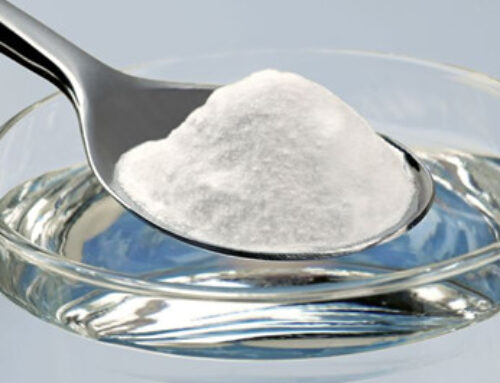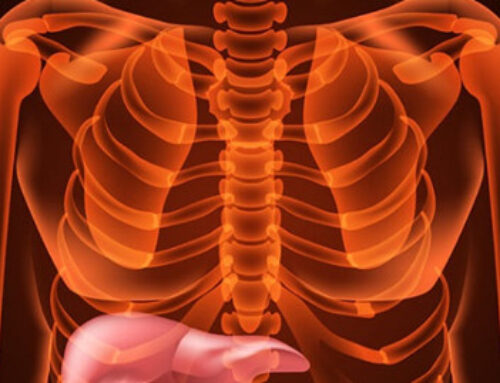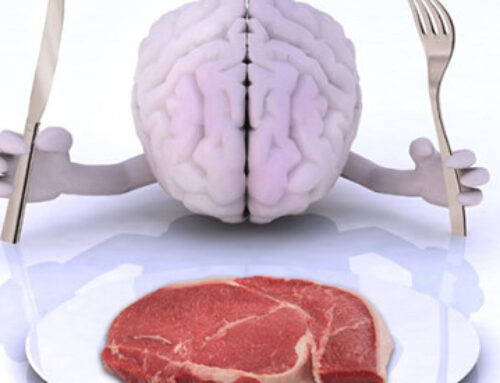Magnesium is a fascinating mineral. When I was young, I used to buy a pack of Wint-O-Green LifeSavers®, not just because I loved the taste but also because the magnesium contained in this candy creates a spark when you apply pressure. I liked to go into a dark place with a mirror to watch the spark when I bit down on one. Aside from its fascinating characteristics, magnesium is a very important mineral for the body. It may be one of the most deficient minerals in the human body and it is vastly underappreciated for its health benefits.
Not having adequate levels of magnesium can have disastrous health implications. We need this mineral in abundance for our most basic metabolic functions. It is absolutely necessary for nerve and muscle function (remember, the heart is a muscle) and our bodies use magnesium to build teeth and bones. There are an amazing 325 magnesium-dependent enzymes in the human body. One of the most important ones is involved in energy production through the activation of adenosine triphosphate or ATP, the most important energy storage molecule in our body. This means if you feel chronically tired, you just might be magnesium deficient.
Some signs and symptoms of magnesium deficiency are muscle cramps (including heart attacks), migraines, PMS, osteoporosis, fatigue, hypertension, reoccurring bacterial infections, cardiovascular disease, kidney and liver damage, insomnia, anxiety, asthma, fungal infections due to a compromised immune system, dental cavities, hearing loss, type ll diabetes and more. Magnesium is important in regulating our central nervous system and deficiency can lead to aggressive behaviors, depression or even suicide.
There are serious reasons the majority of us are deficient in magnesium. Since the introduction of modern farming, we have traded the traditional fertilizers that replenish our soil with nutrients for chemical-based fertilizers that do not return much of anything, especially not magnesium, back to the soil. Our modern farming practices are terribly destructive to the soil and the mineral content of our farmland has diminished after many years of neglect (ref. Soil Assoc). To make matters worse, many of our favorite foods are low in magnesium and many food preparation techniques reduce or completely destroy the little that is left.
There is a blood test to measure magnesium levels in our body but it almost always returns a normal reading. Here’s why: only one percent of the magnesium in our body is found in the blood. 25 percent is stored in our muscles and 60 percent in our bones. Keeping the level of magnesium in our blood at the proper level is a priority for our heart in particular. It is so important that the levels in the rest of our tissues can become critically low in an effort to keep blood levels adequate. So, a serum blood test may indicate that your magnesium levels are fine but it is not reporting a deficiency in the bones, muscles and other tissues.
The best way to measure your body’s true magnesium levels is to look at the free ionic levels. Your health care provider can order this test. Magnesium and calcium are close friends, always working together, but unfortunately the critical balance of these two minerals is usually off in our modern diet. Calcium is actually the most abundant mineral. It is quite easy to consume plenty of calcium in your diet. But, without adequate levels of magnesium, this calcium can be problematic. Calcium is the electrolyte that tells our muscles to contract but magnesium sends the signal to relax the muscle. When you cannot get the contraction to relax, you get a muscle cramp. Once you understand this process, it is easy to see how magnesium can play a role in the prevention of heart-related events. Low magnesium levels can cause a big problem for the heart and other muscles in our body.
With our polluted environment, it is very important to have therapeutic levels of magnesium. Magnesium keeps dangerous heavy metals, more pervasive now than ever, from invading our cells. Without enough magnesium, these heavy metals are able to settle into the spaces that are usually reserved for magnesium. It isn’t hard to see how dangerous this is to our neurological system, as heavy metals are so destructive. If heavy metal contamination occurs in children, learning disabilities can result (ref. Sircus). Proper levels of magnesium in the body have a protective effect against metal intoxication.
Magnesium is also a major player in our body’s detoxification process. We can accumulate oxidative products (kind of like rust) in our heart, liver, kidneys, skeletal muscle tissue and red blood cells. These products are a natural result of cellular metabolism but without good levels of magnesium, the ability to detoxify the gunk becomes a problem.
How do you ensure you are getting enough magnesium to protect your body against pollution, contamination and oxidation? First, there are many types of magnesium—magnesium L-threonate, magnesium citrate, magnesium chloride, magnesium glycinate, magnesium malate, magnesium carbonate—that are all considered good forms of magnesium to take orally. Forms that are not readily available for the body to metabolize when taken orally include magnesium oxide, magnesium sulfate, magnesium glutamate and aspartate. Magnesium sulfate and magnesium chloride are easily absorbed through the skin and are great in a warm bath. This is an inexpensive and absolutely delightful way to elevate your magnesium levels while detoxifying your entire body. After several months of regular (several times weekly) Epsom salt baths, levels of magnesium climb to therapeutic levels in the body. I always prefer this over taking an oral supplement. (See my article A Rejuvenating Magnesium Bath.)
The ocean is high in magnesium, so spending time in the water is a great (and fun!) way to get a good dose of magnesium. Float tanks have made a big comeback lately and there are businesses opening up to offer time in what used to be called “sensory deprivation tanks.” These tanks are filled with water and very high levels of magnesium sulfate, which makes it impossible to sink. The feeling of weightlessness and lack of external stimulus (sight, sound, touch) that results is designed to create a complete sense of relaxation. People have often declared that the experience causes their stress levels to reduce and stay down for weeks after. I think this relaxing result has more to do with the magnesium that is absorbed through the skin during the time in the tank than the lack of sensory stimuli.
By increasing all of our mineral levels, not just magnesium, we can improve the level of our health. For example, making sure we have good levels of hydrochloric acid assures that we will be able to cleave our dietary minerals so they can be taken in by our body. Paying good attention to the foods we eat is the best way to optimize our intake of minerals but some, like magnesium, require supplements or alternate forms of intake in order to achieve therapeutic, health-promoting levels.
Cited References and Additional Resources:
- The Soil Association, Sustain. Organic Food and Farming – myth and reality. The Soil Association, Sustain: 2001. Available at: Click here. Accessed December 2014.
- Sircus M. Transdermal Magnesium Therapy. Chandler, AZ: Phaelos Books; 2007.
For further reading, I recommend The Magnesium Miracle by Carolyn Dean.










